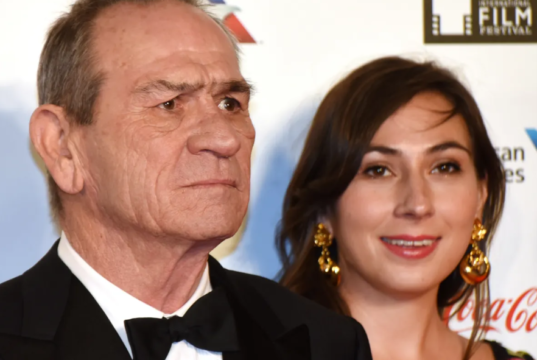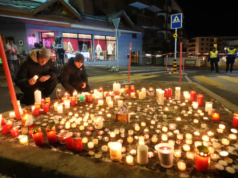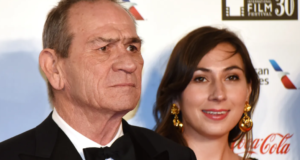Energía
Reparación completada de la línea eléctrica que abastece a una comunidad...
Restablecimiento progresivo del suministro eléctrico en una comunidad del norte canadiense Las autoridades energéticas de Manitoba confirmaron que los equipos técnicos lograron reparar con...
Serbia avanza hacia la integración eléctrica europea: primer país de la...
Serbia se ha convertido en el primer país contratante de la Comunidad de la Energía en entrar oficialmente en la fase de verificación del...
Goshen no logra acuerdo para ampliar proyecto solar en planta de...
La ciudad de Goshen ha decidido no avanzar con un ambicioso proyecto de energía solar planeado para su planta de tratamiento de aguas residuales,...
Medioambiente
University of The Gambia Renames School of Agriculture to Honor Dr....
A Landmark Tribute to African Agricultural Leadership
The University of The Gambia has officially renamed its School of Agriculture and Environmental Sciences in honor of...
Qatar Reforça Compromisso com o Desenvolvimento Urbano Sustentável no 6º Fórum...
Doha sediou, em dezembro, o lançamento do 6º Fórum Ministerial Árabe de Habitação e Desenvolvimento Urbano Sustentável 2025, um evento de alto nível que...
La defensa ambiental en el República Democrática del Congo: un llamado...
La República Democrática del Congo (RDC) alberga una de las reservas de biodiversidad más significativas del planeta. El inmenso territorio que ocupa gran parte...


























